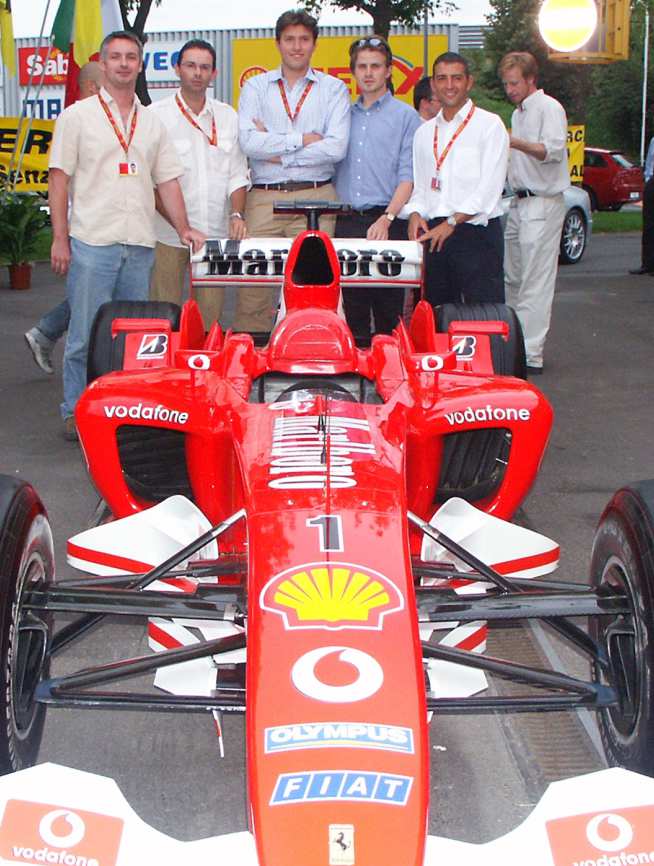Formula 1 and the Department of Aeronautics

Since the 1970s the influence of aerodynamics on race-car design has risen substantially, and now in the modern era it is seen as one of the most important factors in producing a race-winning car.
The Department of Aeronautics has a long history of involvement with the Formula One industry, dating back to the 1960s, involving our staff and our facilities which continues to this day with an impressive number of our former students (both PhD and MEng) working for Formula One teams.
The 60s and 70s – The (rolling) road to the first successful ground effect car
It would be remiss not to note the influence of the early wind tunnel test work that John Stollery, then an aerodynamics lecturer for the department, carried out for Donald Campbell in the 1960's on his Land and Water World Speed Record attempts – the wind tunnel used would eventually be renamed the Donald Campbell tunnel.
The original moving floor rig came from Farnborough where it has been used to study the aerodynamics of low flying aircraft. Stollery adapted this facility for the Campbell tunnel and showed how it could be used to study the aerodynamics of low ground clearance vehicles. The addition of the moving floor led to far more accurate testing of road vehicles and it was here that Peter Wright and would develop and test the Lotus 78 and 79 race cars.
In the continual search for increased downforce, the Lotus 78 was the first successful ground effect car winning numerous races in the 1977 season. Ground effect is the important concept that recognises the ground as being part of the aerodynamic system and led race teams to consider the design of the underside of the cars and prompted further experimentation with skirts and wings.
The 80s – John Harvey, Peter Bearman and the Honda Wind Tunnel
Two members of the department, John Harvey and Peter Bearman, having carried out consultancy work for a number of teams (such as BRM and latterly, Williams), were awarded a contract by the Honda R&D Co. to study road vehicle aerodynamics which included building a new and larger wind tunnel in the Department. Honda had been attracted by the department’s reputation and were keen to make use of the aerodynamics work being done for their own cars.
Optimised for race-car testing with its rolling road and extensive computer control and data acquisition systems, the Honda wind tunnel opened in 1985. As Peter Wright noted in an article for Racecar, "By the mid-1980s, most of the fundamentals of single-seater racecar aerodynamics had emerged from the Imperial College’s Department of Aeronautics: moving ground plane, ground effect, rotating wheel flow and suitable wind tunnel design appropriate to race car model testing."
Recent activities
Recent research carried out into flow control techniques and the development of cutting-edge numerical and experimental methods has allowed specific and significant improvements in the aerodynamic design of Formula One racing cars.
Peter Bearman has continued his work with the industry: between 1997 and 2001 he investigated the geometry changes that were needed to produce significant reduction in drag, determining that small changes can have a very significant effect. This research has led to improved lap times and a more competitive race environment.
Spencer Sherwin has made key developments to the high order numerical code, Nektar++, allowing the accurate and transient simulation of flow around or over complex geometries. Sponsored by McLaren, he has applying these methods to numerically simulate the unsteady flow around geometries relevant to a Formula One car.